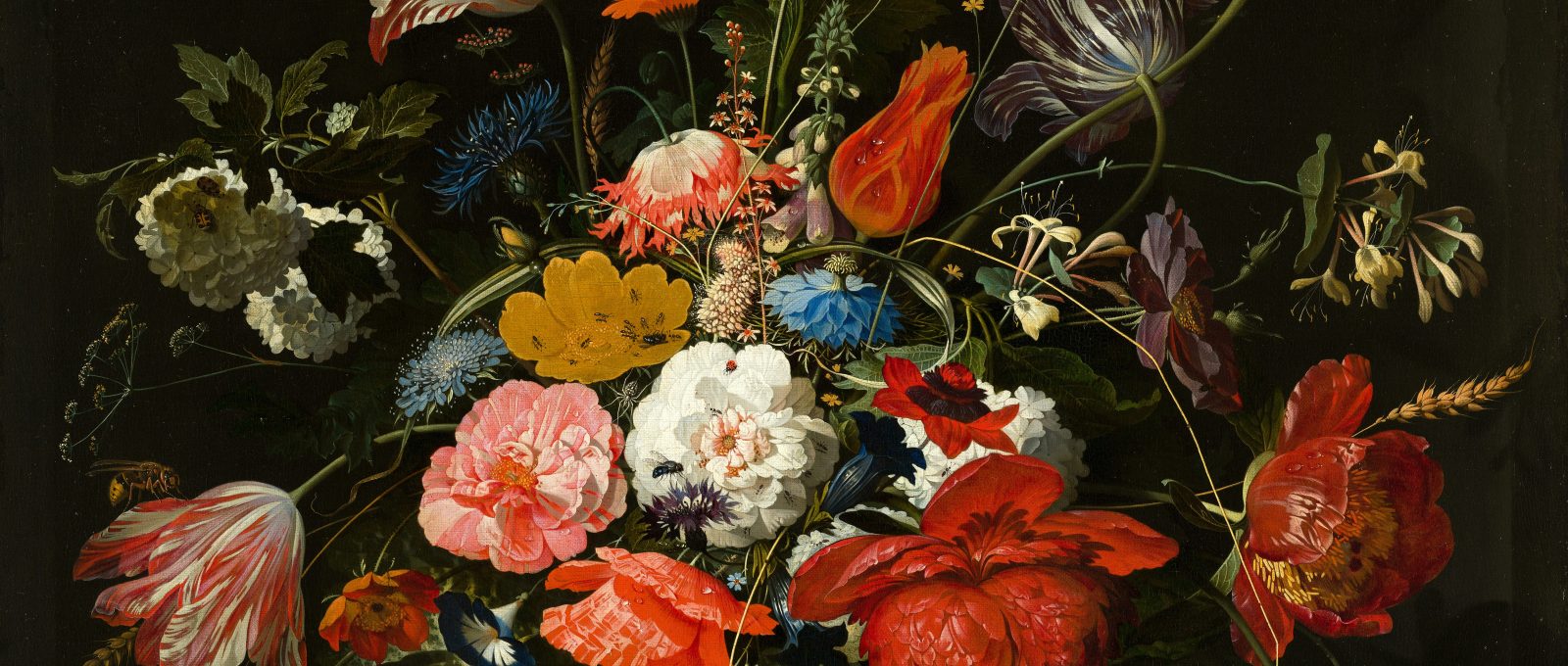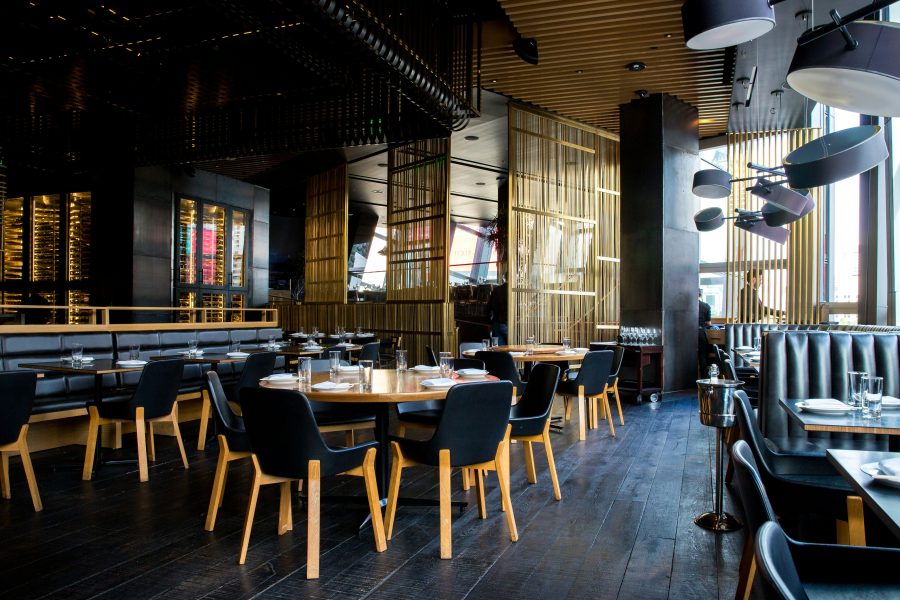Introduction
Welcome to the colorful world of art and design! Whether you are an aspiring artist, a seasoned designer, or simply an enthusiast looking to appreciate the nuances of creative expression, understanding the fundamental elements of art and design is essential. These elements serve as the building blocks for creating visually compelling and meaningful works. By diving into these basic components, you will gain insights that can enhance your skills, deepen your appreciation, and inspire your own creativity. Stick around as we explore each of these elements in detail and see how they intertwine to form the language of visual arts and design.
Understanding the 7 Elements of Art and Design
Line
In art and design, a line is not just a line drawn with a pencil, pen, brush, or any other tool, but it can be effective in guiding the direction of awareness and also establishing a story within the artistic piece. They can be straight, curved, oblique or zigzag and the uses known are to define forms, to prescribe motion, as a textural element, and to express emotions. There is an emphasis on the weight, character, and direction of the line which is used to give a definite style or mood to the picture. For instance, many sharp and short strokes would make one associate them with nervousness or disarray, while curved strokes would depict order and tranquility.
Shape
The Shapes, are termed as areas that are closed when a number of lines are linked together. There are two types of shapes: there are call geometric (where the designs involve square, circles, triangles etc. ) and call organic (where the designs take natural shapes and forms of objects found in nature). Perhaps, shapes serve as one’s toolkit, which is used for creating the art and design; they set the ground rules or the context where all the other elements may first come into play. They assist in arranging items on a page by putting together the items that are similar together or putting those which are different very far apart and they lead the flow of the page layout and the design.
HOTP3: From
The form goes a step ahead of the second and becomes more three dimensional. Shapes’ configurations are two-dimensional being only wide and tall while forms are more rounded having height, width, and depth. It would be most appropriate to suggest that in forms can actually be viewed from more than one side and it is generally depicted by cubes, spheres, cylinders, etc In painting and drawing the artists use the technique such as shading and perspective of form to depict the form in picture. The assistance of this element would be in providing a dimension and mass to the work of art, hence providing it with depth and reality.
HOTP4: Pin
It is important to note that, color may be one of the most powerful means of a verbal language in art and design. Symbolic use that is an extraordinary use of colors, colors can cause an emotional response and even psychological. Bearing value is inherent and can be either positive or negative (light/dark) which signals how they are positioned or ‘weighted’ within a piece. Artists need to be familiar with color theory as the color wheel and rules governing color usage (complementary, analogous, monochromatic) are rather necessary to give their work a certain unity and esthetic appeal. And, independently of color saturation intensity, bright, alluring, or more modest and restrained, color choice is the element that stands center stage in the sphere of aesthetic and emotional perception.
HOTP5L Verse
Here, value of art means how dark or light the color on the artwork is. It is a very important element of the picture that highly contributes to the creation of shades and definition of the objects’ shape. Ways of manipulating value can established a quantity and form that States that artists can make drawings that give the implication of light and shadows. Values’ distinction also enables emphasizing an element and defining its role, determining the general tone and the atmosphere. Relating this particular subject to what the author has previously discussed on black and facebooking, the mastery of value manipulation is central to black and facebooking artists. as well as websites with rooms and painting on co. uk in white or with a very narrow range of subdued colors because it is often said that it is easier to convey emotions with black, white and any shades in between than it is with color itself.
Copy6 words
Textures refer to characteristics of an item gross like when you look at it or feel its exterior surface. For example when mimicking the texture of toy cars, regular texture of the skin and skin of an orange through smooth to rough, the artists introduces a realistic or emotional factor to the piece. Texture greatly contributes to the aesthetic sense and the appeal of art since this adds a twist to make the art piece more vivid. In graphic design, the concept of visual texture is also employed over backgrounds and, principally, typefaces as a means to lend further depth to the structures of the visuals within specific digital environments.
Check Space
The concept of space in art encompasses the understanding of the surrounding, intervening, and interior space of the different items in artworks, such as foreground, middle, and background space. Sculptors organize the space to make the depth appear as though it has been painted on a flat surface, with techniques including superimposition, relative scale, and linear perspective. Spaces have to be managed well when used in a composition to achieve order and harmony in such a manner that guides the viewer round the artwork in a very logical and harmonious pattern. It is vital to remember that as important as positive space – the space filled with the object, the negative space: the space surrounding it is also equally important.
Why It is Important To Practice Mastery in Art & Design Elements
Corona TypeError: Babystep Corruption
By fully comprehending the elements of ToddlerPeaks one can clearly identify and recognize that their creativity has been improved through the use of them. When these elements are understood, creators can fuse entities in a way that optimally conveys the desired idea. When artists are using different line, shape, colour and texture they are able not only to choose new ways of the representation of the thoughts and the feelings but also to create a new forms of art and design.
Route 66: Houston Tower
It is, therefore, crucial to elaborate on the facets of art and their contribution to visual organization. They aid in the passing of messages and information pretty and profound. For example, if the pattern of coloration and texture is carefully orchestrated, the eye can be lead to the area of the picture that is most important according to the artist, without any outside coercion. These abilities may come in handy in the commercial sphere, as they allow directing the attention to something and creating particular emotions, which may give boost to a certain type of behavior and make advertisements and brands more effective.
Integrated Use of Art and Design Principles
Familiarizing oneself with the inclusive relationship within the elements of art and design forms is essential for the designing of appealing images. These elements do not act alone but act collectively as a tool to control the actions of a creator as well as the vision of a viewer, then beautify a composition and facilitate a passing of a message.
How Elements Work Together
It is also possible to reveal that the connection between the elements of art is similar to the conduct of different parts of a music piece; some parts are played in the foreground, while others provide accompaniment. pigment, for instance, can complicate the harmony that generates a certain ambiance and the involve’ depth. Such indicative elements can include a rough surface or low temperature of the colors that an artist chooses to express a feeling of sadness or instability. Line and shape can be worked in conjunction with each other to draw the attention towards the specific area of the art work or design, at the same time contributing to the underlying framework the art work. In this section, space – and its absence – interacts with all of these elements to create the appearance of depth in a flattened environment, or conversely, to create a sense of openness and airy space, even when the design is highly compact. This way the creator understands how all these elements work, and then they can create something beautiful, but at the same time that tells the required story or paints the required emotion.
Creating Visual Harmony
Visual proportions can be defined as the act of placing different features and items into what will be a harmonized composition. Balance can be engaged when the components of art and design agree, creating a definite organization. The extent to which one is able to do so much depends upon how well one understands the nature of the different components and how compatible they are. For instance:
– One can use repetition on shafts, or colors so as to ensure that different sections of the design are integrated.
– It is also important to differentiate at the same time and make the focus; for instance, contrasting such things as bright color against dull shades, or organic forms against geometric ones.
– Allowing for variations in scale and proportion, focal points can be established to steering people’s attention to specific parts of the design.
Symmetrical balance fines a piece of artwork or design visually aesthetically satisfying but also stops at visually comfortable so viewers are drawn further into viewing it fully.
How the 7 Elements can be implemented in real life
It is a crucial aspect when it comes to the appreciation of a piece of art and design; however, the knowledge of art and design elements does not only enhance understanding but serves as a useful reference when engaging in artistic and design activities. As separate items, they can all be used in several ways in an exemplary collection of arts and works of different kinds and unusual designs.
Examples in Artworks
Explaining it with reference to the historical and contemporary artworks also assists in making the audience understand how the principles have been implemented. For instance:
– From the movie itself, especially from the penetration of Michelangelo in “The Passion” and Leonardo da Vinci’s “Mona Lisa”, characters’ skin are brought to life through proper usage of texture and smooth blending of colourful gradients.
– Van Gogh’s “Starry Night” is an excellent example of how such line and color can be used in the painting dynamic and create the sense of movement around the painting within a viewer’s perception of the artwork.
– Thus, geometric and proportional properties of flowers translate into large scales and significant meanings in Georgia O’Keeffe’s works.
These artworks demonstrate not only the creativity in separately chosen and intertwined elements, but also the emotional impact one can have on a viewer.Examples in Design
In the realm of design, whether graphic, industrial, or architectural, the elements are just as pivotal. Examples include:
– A corporate logo using shape and color to convey brand identity efficiently and memorably.
– Websites often rely on spatial layout and balance to ensure information is accessible and aesthetically pleasing.
– Interior designs that manipulate space and texture to create environments that are both functional and inviting.
In each case, designers use their understanding of the elements to solve practical problems and enhance utility while also achieving aesthetic goals.
The mastery of the seven elements of art and design not only enhances creativity but also deepens the viewer’s connection to the work, whether it be a painting, sculpture, advertisement, or any other form of visual communication. By continuously experimenting and applying these fundamentals, artists and designers not only improve their craft but also challenge the viewer as well as the art and design student to expand the visuosensory and emotional horizon as far as possible.
Conclusion:
An Introduction on How You Can Raise Your Standard of Creativeness Using the Basics
It is always helpful to develop an understanding of the seven elements of art and design because they enable anyone, be it an artist, digital generator, or other practitioners in any other field, to create art in their own field as well. As to how these elements of line, shape, form and color, value, space, and texture play a role and how they complement each other or how they add value to the art piece, artists and designers can design better and much more engaging and profound creations. It means, adopting these basics are not only helps in refining the technique but also strengthens the feeling and idea behind the product.
These elements enable a freer, blissful approach to art and design since the individual has control over the factors at play. With this knowledge as your base, you have the confidence to chart your own course and to try new things that hasn’t been done before. I mean, NO artist was ever great without learning about the primary steps to reach that level of glory. Therefore, get in and draw, paint, sculpt, illustrate, sketch, carve and model with stead and zeal, and behold how a more distinct artistic personality grows with every work.
Meta title
The Fundamentals: Thus, to understand the guideline through which the 7 Elements of Art and Design is being made, then the following of the content is needed.






Leave a Comment